Introduction to Artificial Intelligence
Introduction
Imagine a world where computers can not only follow the rules but also learn from experience, just like humans. This is the magical realm of Artificial Intelligence (AI).
In traditional computer programming, the programmer defines the logic to be followed by the program based on the requirement. The decision tree is defined explicitly by the programmer, and the program cannot make a decision when a scenario arises that was not thought of before. In the case of AI, a computer is enabled to make these decisions based on learning from prior situations. It is like a child being told what to do versus learning from what is happening. As in the case of a child, the learning can be good or bad depending on whom the child is exposed to.
If you’ve ever played a video game, think of Artificial Intelligence (AI) as the computer opponent adapting to your moves or the non-player characters (NPCs) behaving as if they have a mind of their own. But how does AI really work, and what’s its story?
The AI Brain
Think of Artificial Intelligence as a brain inside a computer. Just like a child’s brains, it’s hungry for data. Imagine you’re teaching a child how to identify different breeds of dogs. You’d show them pictures of dogs, and explain the features. After seeing lots of dogs, the child gets better at recognizing them. That’s what AI does, but with Petabytes of data. It learns by looking at examples and patterns.
Machine Learning: The Super Learner
AI’s superhero power is Machine Learning. This is like teaching a child how to ride a bike. You don’t give them a 50-page manual; you let them practice, make mistakes, and learn from them. You can either supervise them or leave them unsupervised if you feel safe. Machine learning is about feeding AI lots of data, letting it make mistakes, and gradually getting better at tasks like recognizing spam emails or suggesting movies you might like.
Types of AI
Narrow and General
AI comes in two flavors: Narrow AI and General AI.
- Narrow AI is like a specialist doctor. It’s fantastic at one thing, say, diagnosing diseases from X-rays.
- General AI is like a medical student who can handle various medical tasks, learn new things, and even play chess.
Right now, we mostly have Narrow AI, which is super helpful, but it can’t do everything like a human.
Artificial Intelligence in the Real World
AI isn’t just science fiction. You use it every day. When you talk to your phone’s voice assistant, like Siri or Google Assistant, you’re talking to AI. It understands your words and gives you answers or directions. It’s like having a helpful robot friend right in your pocket.
AI’s Challenges
Ethical Dilemmas and the Future
As AI gets more intelligent, we face some tough questions. Just like you need rules and values to be a good person, AI needs guidelines too. We need to make sure AI is used ethically and doesn’t do things that could be harmful.
Looking ahead, AI’s future is exciting. It’s like a new video game with endless levels to explore. AI will be our teammate, helping us in medicine, art, and solving big problems like climate change.
Conclusion
AI is like a friend who’s good at learning from data and making smart decisions. It’s not magic; it’s science and hard work. In the coming weeks, we’ll dive deeper into the world of AI, and you’ll soon see how AI can create art, understand languages, and even become a part of our daily lives. So, stay tuned for the next exciting chapter in our AI adventure!

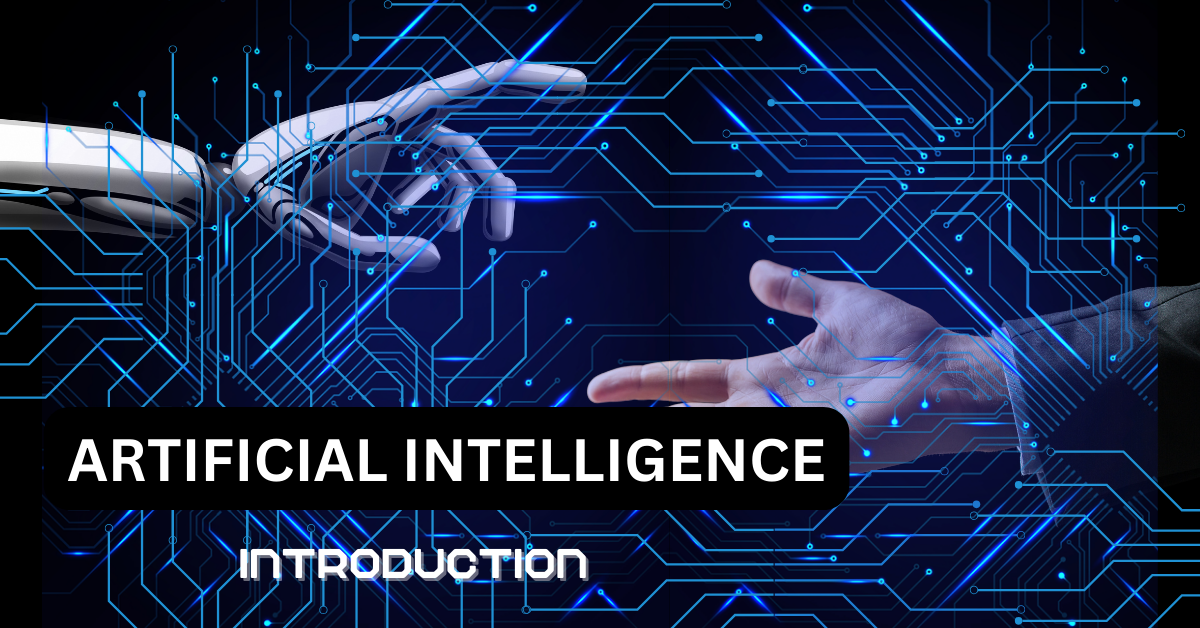

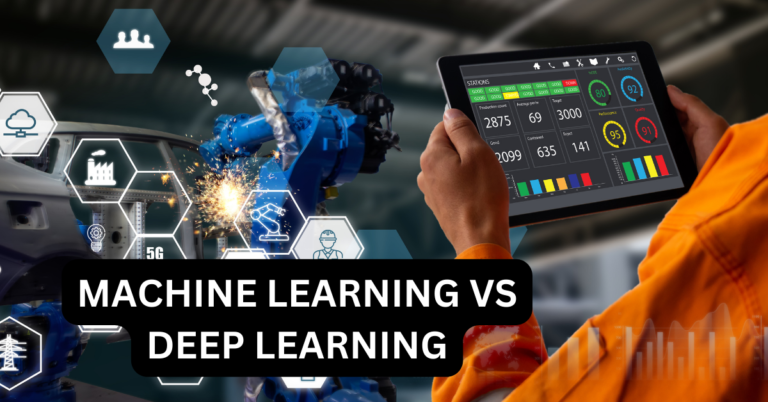
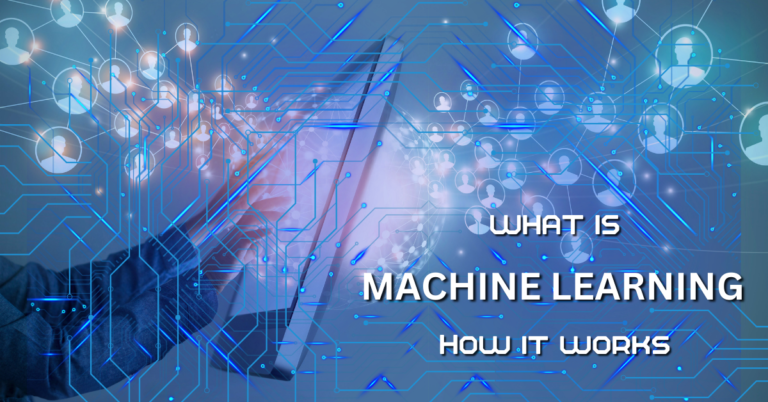
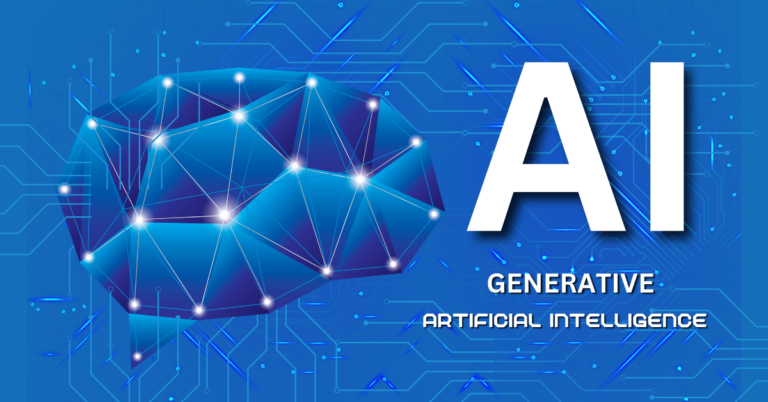

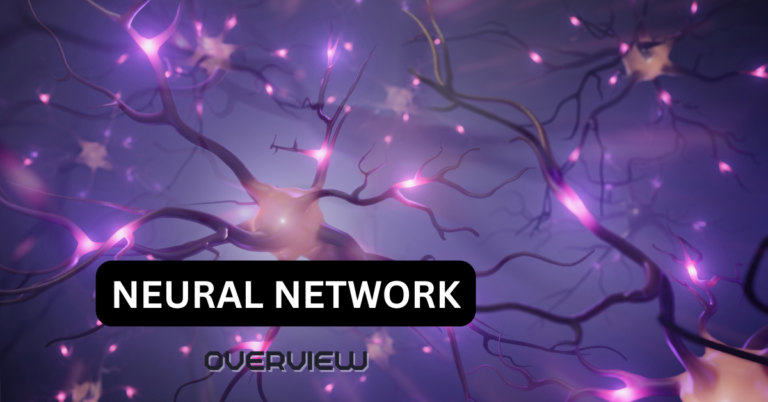
One Comment